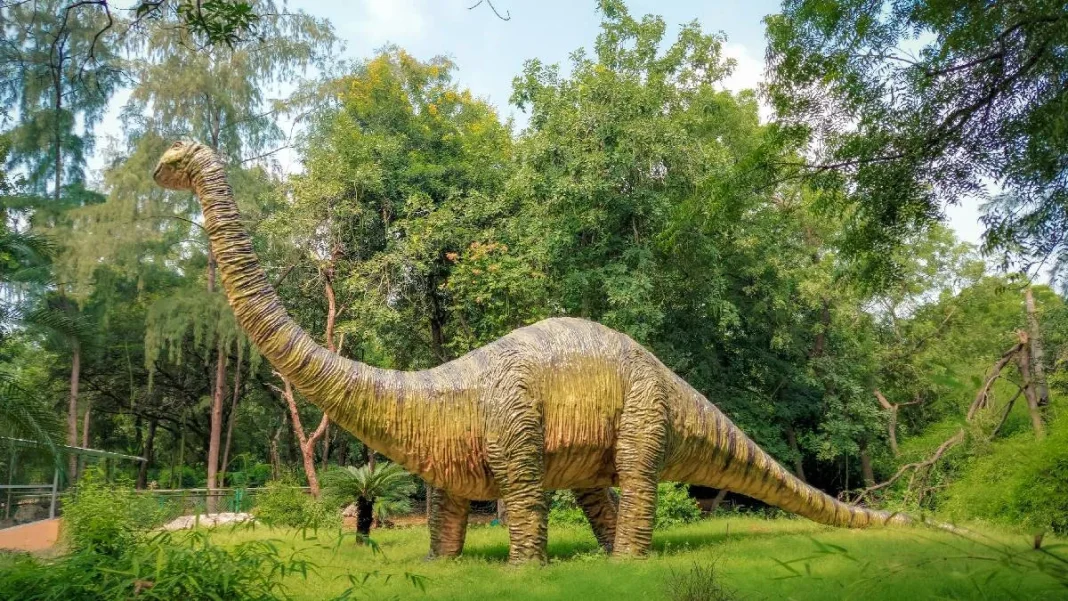Dinosaurs Were Thriving in North America Before Asteroid Impact
New research reveals dinosaurs were flourishing in North America just before the asteroid strike that wiped them out 66 million years ago. While this challenges theories of dinosaur decline, scientists caution it represents just one piece of the global puzzle.
Key Takeaways
- Dinosaurs in North America showed no signs of decline before extinction
- New Mexico fossils dated to just 400,000 years before asteroid impact
- Findings contrast with previous theories of gradual dinosaur decline
- Experts emphasize need for global perspective beyond single location
Groundbreaking Fossil Evidence
Scientists analyzed the Kirtland Formation in northern New Mexico, a site known for dinosaur fossils for about a century. Advanced dating techniques revealed these fossils and surrounding rocks date from only 400,000 years before the asteroid impact—a brief moment in geological time.
Researchers determined the age by analyzing volcanic glass particles in sandstone and studying magnetic mineral directions in mudstone. “The animals deposited here must have been living close to the end of the Cretaceous,” said study co-author Daniel Peppe from Baylor University.
The findings, published in Science journal, include fossils of Tyrannosaurus rex, long-necked dinosaurs, and Triceratops-like horned herbivores. The diversity challenges previous assumptions about dinosaur populations nearing extinction.
Distinct Dinosaur Communities
“Dinosaurs were quite diverse, and now we know there were quite distinct communities roaming around before being abruptly wiped out,” Peppe noted. Differences between species found in New Mexico and those from Montana sites dated to the same period contradict theories of widespread dinosaur decline.
Peppe emphasized these regional variations suggest healthy, evolving ecosystems rather than populations in distress before the catastrophic asteroid impact.
Scientific Caution and Global Context
Independent experts welcomed the findings but urged caution about drawing global conclusions from a single location. University of Bristol paleontologist Mike Benton called the evidence “very exciting” but noted, “This is just one location, not a representation of the complexity of dinosaur faunas at the time all over North America or all over the world.”
Dating Challenges and Future Research
Accurate fossil dating remains challenging because materials like carbon don’t survive in dinosaur fossils. Scientists must analyze surrounding rocks with specific characteristics to determine ages, explained co-author Andrew Flynn of New Mexico State University.
Flynn believes further research will help complete the picture of dinosaur species diversity globally just before the asteroid crash that ended their reign.




